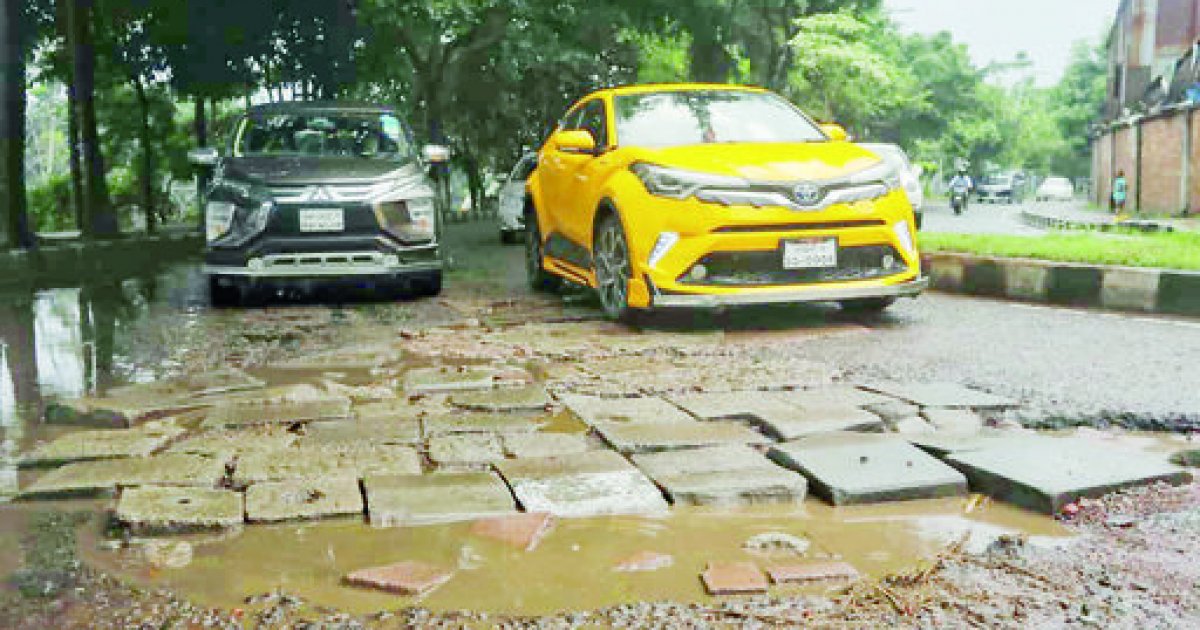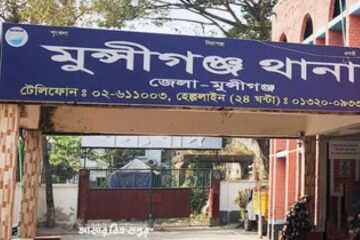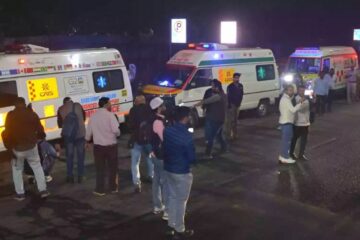Massive potholes have emerged across Hatirjheel’s scenic roadways, turning one of Dhaka’s most iconic urban developments into a hazard zone.
Since the onset of the monsoon, large craters filled with rainwater have formed along the 7.5-kilometer one-way loop surrounding the lake, making them nearly invisible to drivers and triggering a surge in accidents and traffic disruptions.
Hatirjheel, developed in 2013 and overseen by Rajdhani Unnayan Kartripakkha (Rajuk), was once a model of urban renewal.
A recent on-site visit by Dhaka Tribune identified at least 113 hazardous potholes of varying sizes, with the worst concentrated near Tejgaon’s Kunipara stretch.
Asphalt erosion, exposed gravel, and waterlogged craters have made the road treacherous.
Smaller potholes begin near the FDC entrance and worsen deeper into the route.
Locals patch roads themselves
Local pedestrian Mohammad Sajib said the roads haven’t been repaired in years.
“Drivers and shop owners are using concrete borders to fill potholes themselves,” he noted.
The lake water has also turned foul, with trash and weeds accumulating, contributing to rising theft and insecurity.
Most streetlights have been stolen, leaving the area dangerously dark at night.
Potholes near Hatirjheel Amphitheatre, Police Plaza, South Badda, and Rampura have forced vehicles to stop abruptly.
Drivers now navigate Hatirjheel with extreme caution.
Akhtar Hossain, a private car driver, said: “Traffic jams are worse than ever. Vehicles scrape against the road, and even a small mistake can trap a tire in a crater.”
Motorcycle driver Saiful said his friend was injured after falling into a pothole.
“Rain hides the holes. What used to take 15 minutes now takes twice as long,” he said.
Microbus driver Osman Gani added: “I saw a motorcycle crash into a pothole—both rider and passenger were seriously hurt.”
Mohammad Abid, a senior resident of Kunipara, recalled a motorcyclist narrowly escaping death after falling into a deep pothole.
“These roads were once beautiful. Now they’re broken, and no one is fixing them,” he said.
Mismanagement under Rajuk
Hatirjheel connects key city zones, including Tejgaon, Gulshan, Badda, Rampura, Mogbazar and Karwan Bazar.
Initially maintained by the Bangladesh Army, the project was handed over to Rajuk, after which complaints of neglect began surfacing.
“The Army kept it pristine. Under Rajuk, it’s falling apart,” said local businessman Tawfiq Sikder.
Urban planning expert Professor Dr Ishrat Islam from Buet stressed the need for an annual maintenance budget.
“Without dedicated funding, a project of this scale cannot be sustained,” she told Dhaka Tribune.
Even the road outside Rajuk’s Hatirjheel office is riddled with potholes.
After light rain, knee-high water accumulates within 50 meters of the building.
Inside, stray dogs sleep on staircases, and the reception desk is unmanned.
The building, meant for project oversight, is largely used for parking and rented out to car garages.
Only one floor is reserved for Rajuk meetings.
Office Assistant Mohammad Shahadat confirmed: “This building isn’t used for regular administration. The officers work from Motijheel.”
What Rajuk says
Rajuk’s Superintending Engineer Mohammad Mojafor Uddin acknowledged the issue, saying that repairs are pending due to the tendering process.
“We don’t have our own labor force. Once the tender is finalized, repairs will take two to three months,” he said.
He defended Rajuk’s cost-efficiency compared to the Army’s implementation phase, and said the chairman is working to expand the workforce.
Rajuk Chairman Engr Md Reazul Islam added that monsoon conditions prevent sustainable roadwork.
“We’ve opened the tender process. Comprehensive repairs will begin soon,” he said.
He also confirmed that the management building is leased out for parking, with only one floor used by Rajuk.
Acknowledging rising theft and insecurity, he blamed nearby slums and insufficient police response.
“We will resolve these problems quickly,” he assured.



